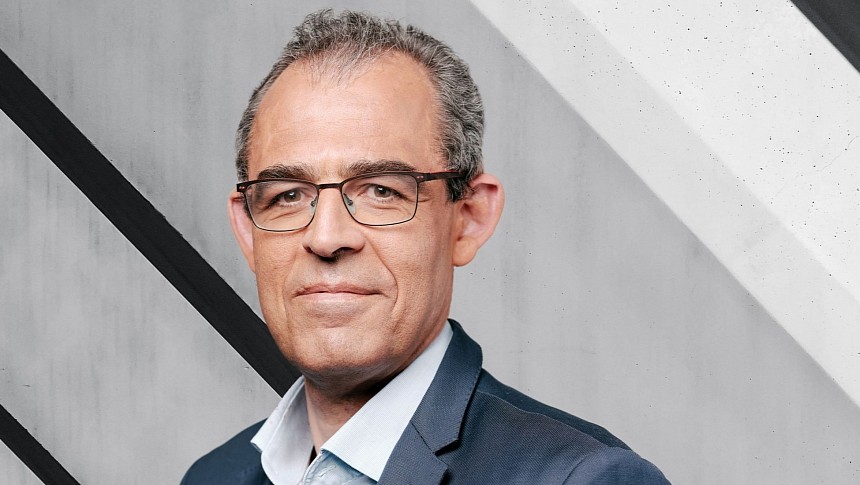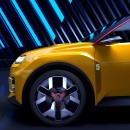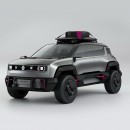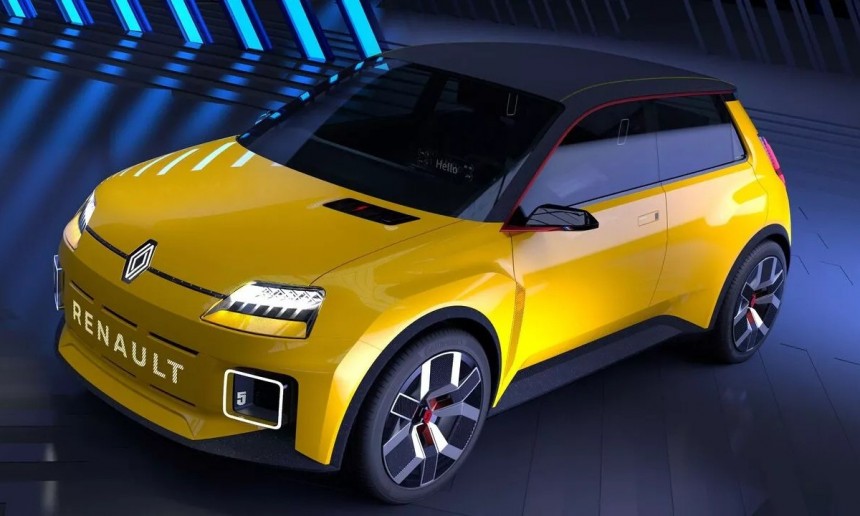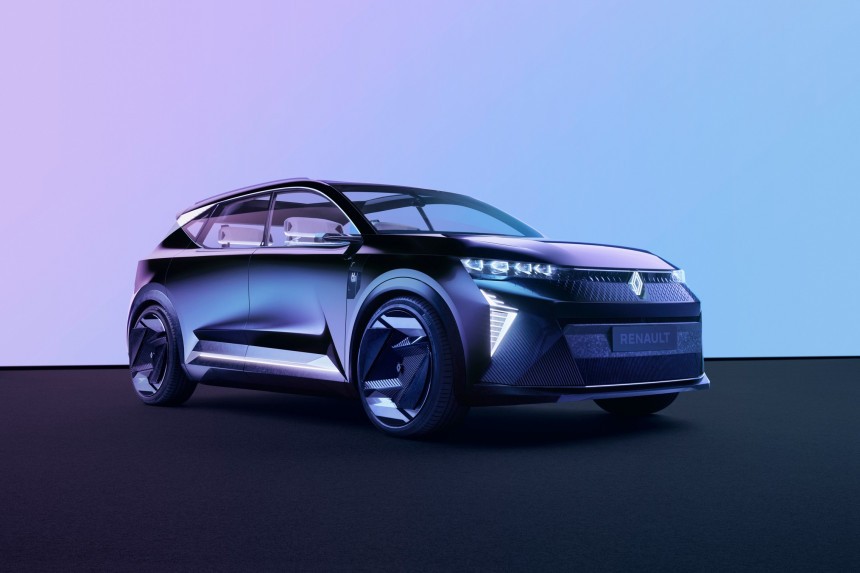Renault has also reconsidered its strategy on hybrid powertrains and will concentrate more on full-hybrid powertrains instead of plug-in hybrids. Olivier Brosse told us that full hybrid powertrains are the best solution in terms of efficiency. That's why "we will use full-hybrid solution for most models and Plug-In Hybrid only for high-end 4x4 models".
In this regard, Brosse said the new Renault Austral and Renault Espace SUVs would not get a plug-in hybrid powertrain but would instead offer such a system on a larger all-wheel drive model built on the CMF-C/D platform.
As for the electric models, Brosse made it very clear that Renault chose the dedicated electric platform as it is the optimal solution because "it offers the right ratio between exterior dimensions and interior space, allows us to develop it specifically for electric propulsion and have an optimal shape for the battery, which also results in an optimal cost".
Regarding the larger electric models, Brosse revealed that the Renault Scenic will debut in early 2024 and will have a similar design to the Scenic Vision concept, and the first prototype has already been presented to Luca de Meo, CEO of the Renault group, in mid-March.
Brosse believes in hydrogen propulsion and thinks this system is more suitable for commercial vehicles. Therefore, "Renault will introduce hydrogen propulsion this summer on the Renault Master and in the future on other commercial vehicles. As investment in hydrogen stations has grown exponentially, Renault has developed the Scenic Vision concept, a range extender in which the fuel cell supplies energy to the battery to power the electric motor that drives the wheels. This type of propulsion could be a solution after 2030".
Like other car industry executives, Brosse is discontented that the European Commission has officially presented the draft for Euro 7 rules but has not specified the methodology by which the so-called "Real Driving Emissions" road tests will be conducted. "If they include testing at full load or very low temperatures, no technical solution will lead to meeting the Euro 7 standards as originally formulated. And so, with today's text, the combustion engine would disappear in 2025 instead of 2035, 10 years earlier," Brosse said.
He adds that he does not believe the European Commission will present the testing methodology before mid-2024, meaning that "we will only have one year, which is a very short period. That's why we are working with assumptions and making investments without having the testing methodology".
Brosse explains that Euro 6d standards have already led to a severe 80% reduction in emissions. In comparison, Euro 7 standards bring a further reduction of only 5%, but at a high cost. He expects a much higher price increase to adapt to Euro 7 standards than the €90-150 ($99-166) estimated by the European Commission. Brosse believes that, depending on the model, the price increase will be between €400 ($443) and €1,600 ($1771), "which will slow down the renewal of the car fleet, which contradicts the Euro 7 rules to reduce emissions". In addition, Brosse says that introducing a more stringent testing methodology will lead to higher investment to meet Euro 7 standards, which amounts to €1.2 billion ($1.33 billion) for the Renault group. And Renault will reallocate this money from investments dedicated to electric models.
Brosse concludes that the future is electric, and Renault wants to become a 100% electric automaker in Europe by 2030. Still, enforcing technological limits a decade before the planned ban for internal combustion engined vehicles is unreasonable.
